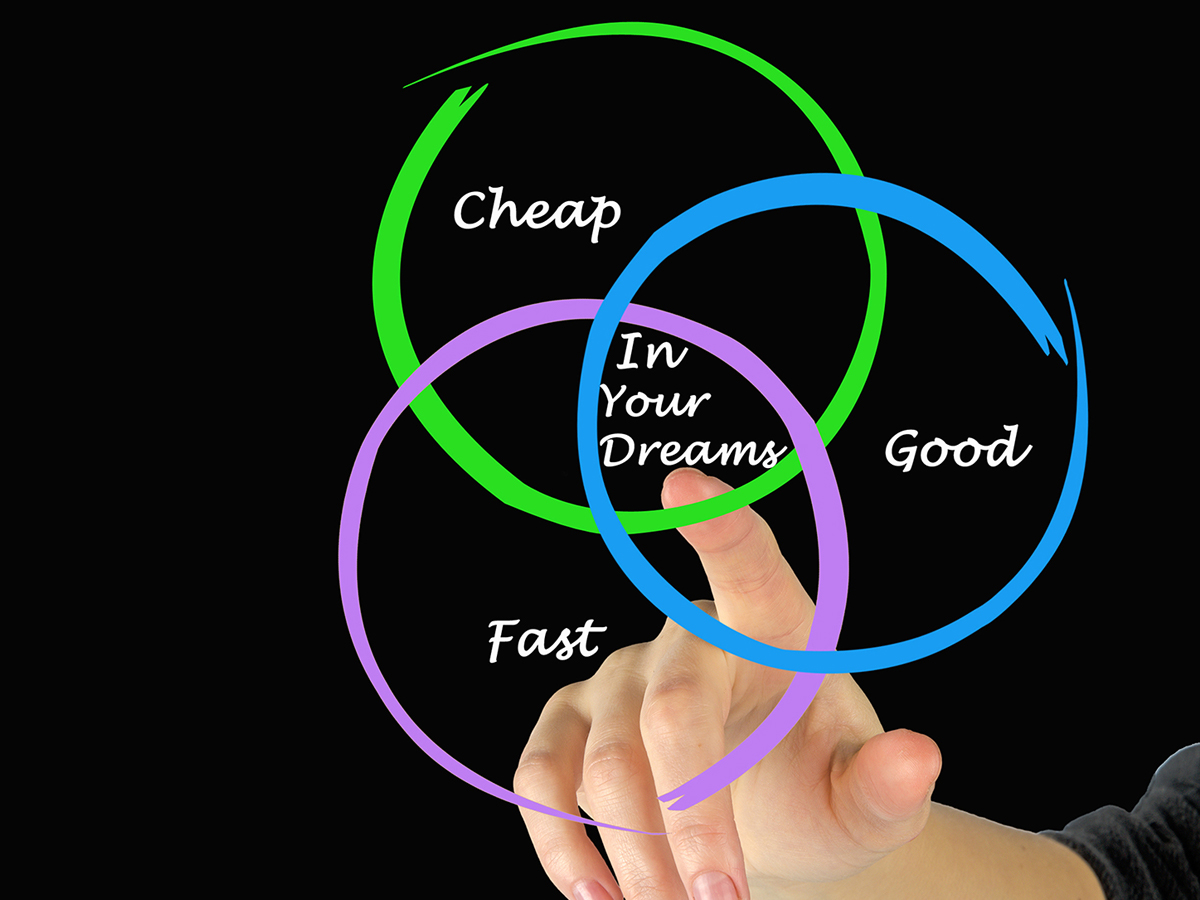Things that work may not be perfect
A friend advised me the other day not take the unnecessary risk of trying to make something that’s working well, perfect. He explained that too often one tries to get something that’s working well already to a perfect state, just to break the whole thing in the process. This concept of “The best is the enemy of the good” has stayed with me ever since our conversation.
We frequently try to get to the unattainable state of “perfection”, but it’s most often better simply to stay with what’s working already. I’m not talking about innovation. The iterative nature of innovation calls for the drive to perfection by definition. In the process it’s encouraged to fail in order to learn and move forward. But once a working situation has been reached, sometimes the risk of continuing beyond that stage only leads to trouble.
It’s hard to say when enough is enough and that one’s further efforts to achieve the illusive state of perfection becomes too risky. A third party who has not been involved in the creation process usually provides the perspective needed.
The history of the concept is fuzzy, but probably dates back to Voltaire, Confucius and/or Shakespeare.
At The Toast we’ve learnt the hard way. After innovation, when real world budgets and time lines play such an important role, the search of perfection simply becomes a hinderance to actually shipping work. Imagine the difference between when you are your own client (“free” work you do for the promotion of your own company) and when you have to deliver a project to an external client on a tight budget with an impossible “we needed it yesterday” timeline.
You can easily strive for perfection for yourself and even win awards for this type of unrestricted effort. But when the client is on the phone every 10 minutes asking where this or that is, perfection is the last thing you need. Just ship it already!
Another concept that ties into this idea is the Triple Constraint or Iron Triangle. (In the referenced article the idea of “lean” development refers to not striving for perfection, but by using agile project management, achieve iterative small wins through working products, all the while moving forward in manageable steps. In this way “good” is manageable, as it does not mean “perfect”.)
However, even with a lean approach, this Venn diagram perfectly visualises the impossibility of reaching a great, cheap and quick goal, when “good” is interpreted to mean “perfect”. (So show the Triple Constraint to your client next time they’re just that little bit too demanding. Then become lean ;) )





